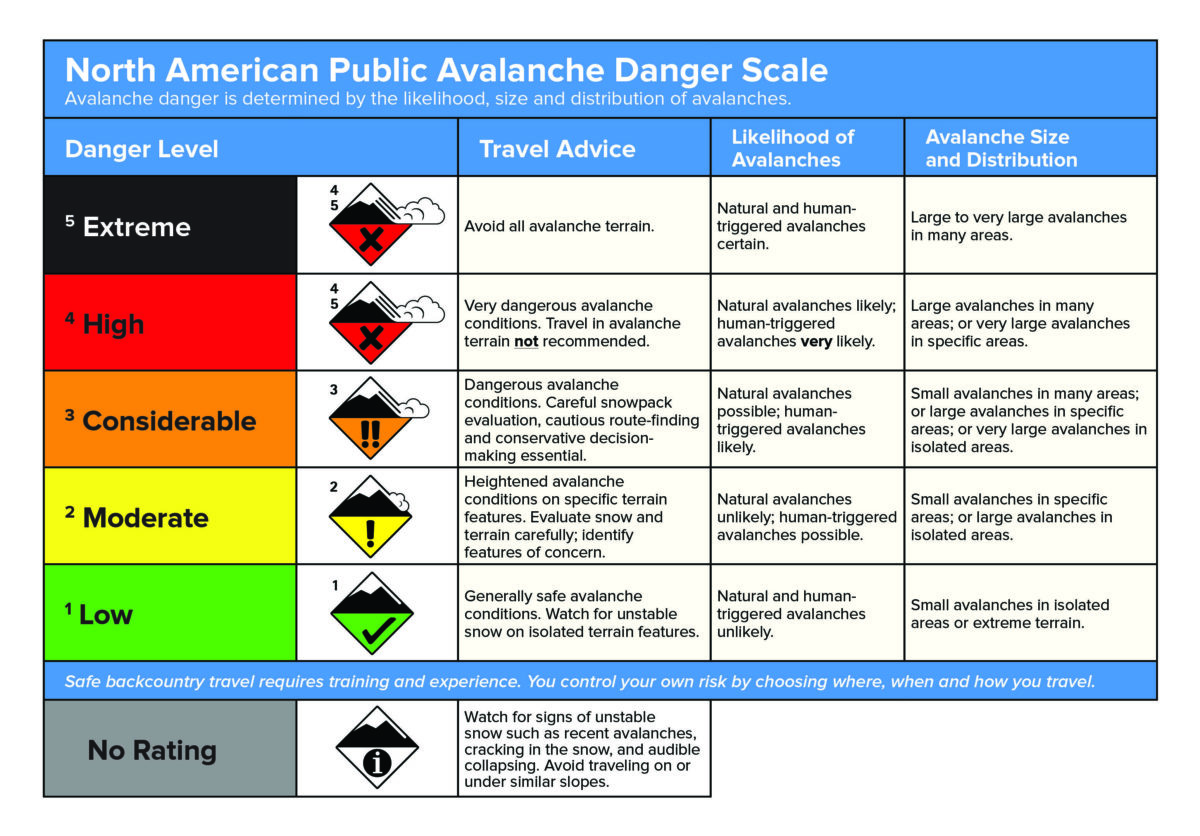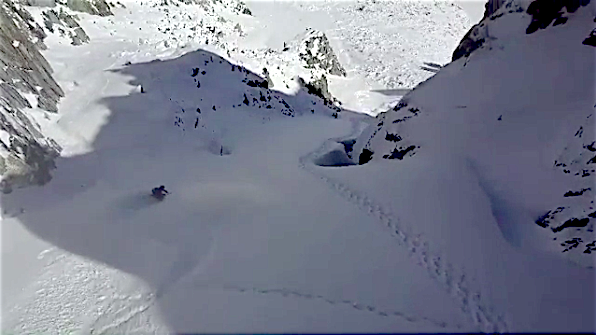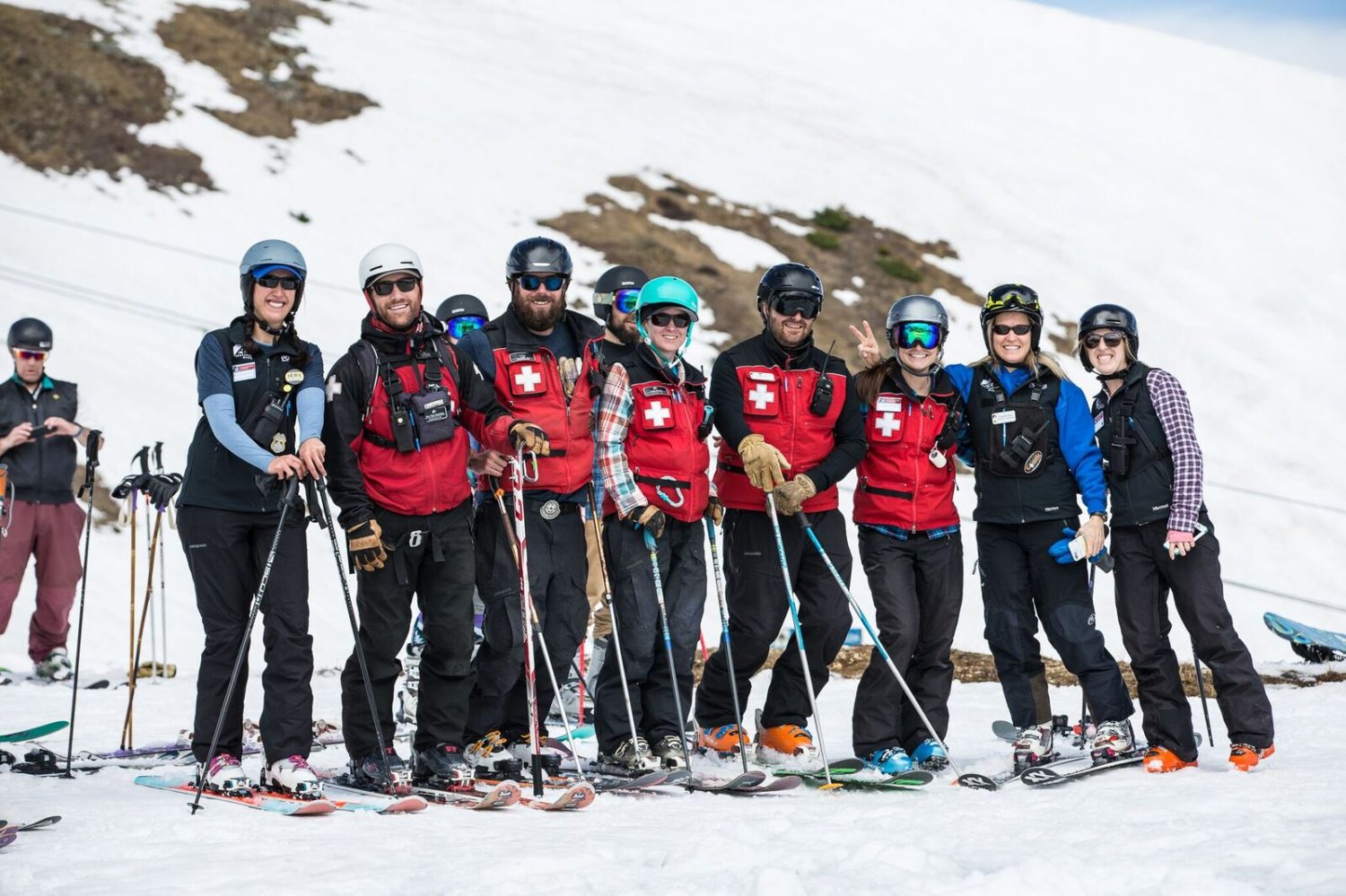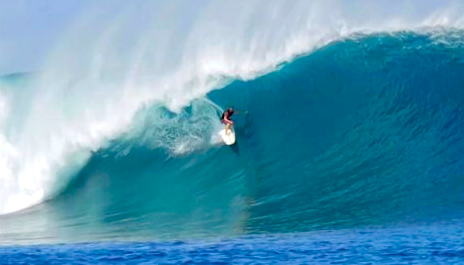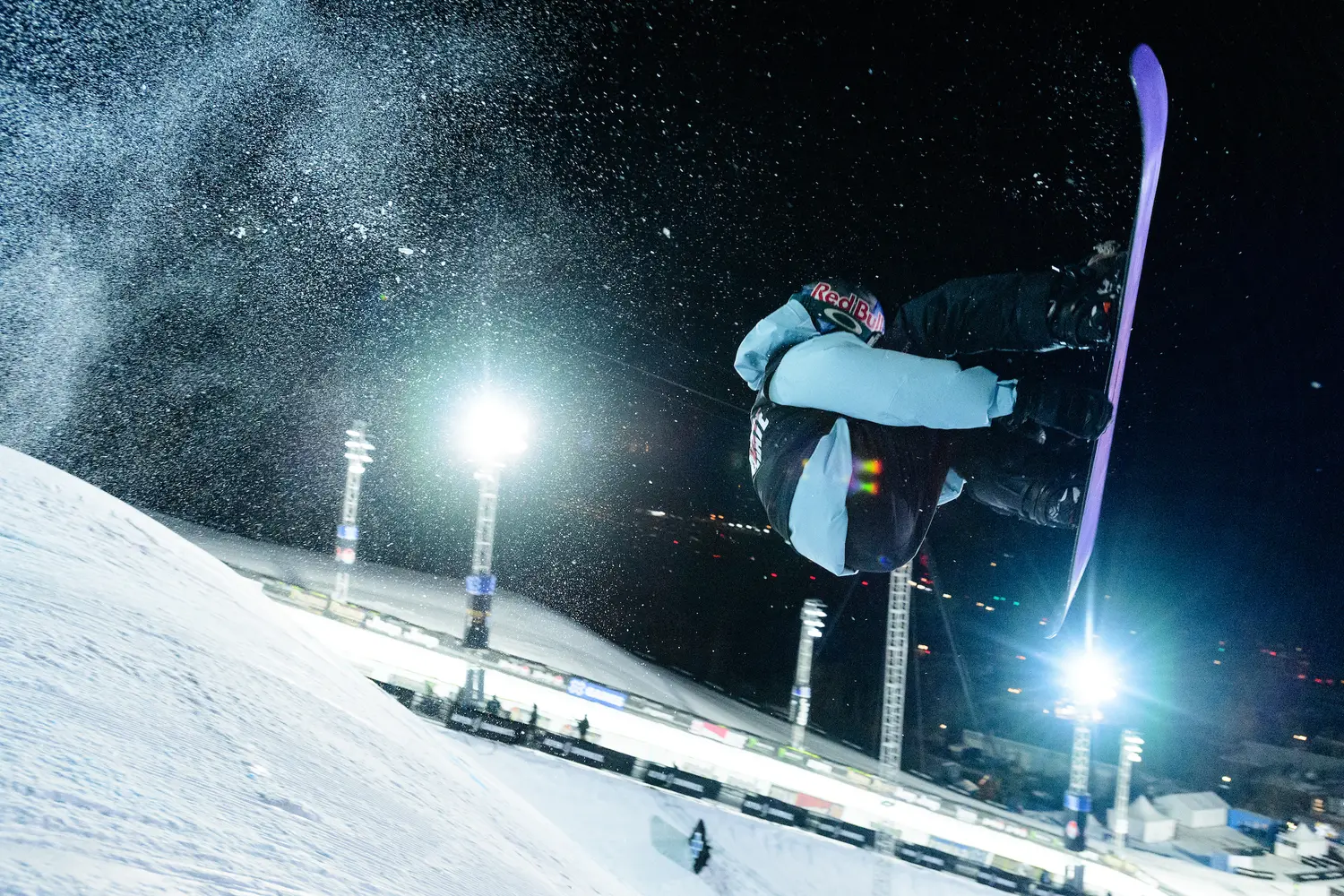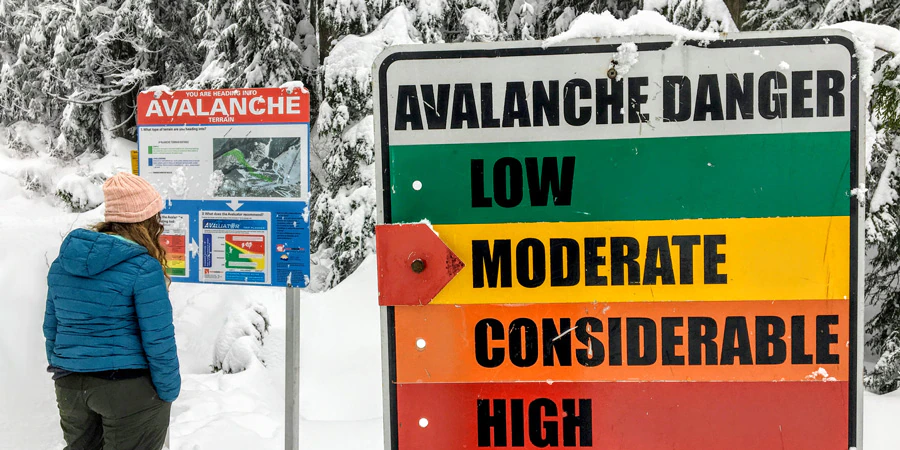
Avalanches pose one of the biggest risks for people recreating in the backcountry as well as being a risk that ski resorts do their best to mitigate. Data from the Northwest Avalanche Center shows that over the last five years, the number of fatalities in the United States caused by avalanches has averaged 22.8 per year, so knowing the risk and the forecast can be critical.
Fortunately, there are readily available avalanche forecasts that will give you the danger rating of an avalanche for a given day, along with other helpful information and commentary. Avalanches and snow science can be complicated. There are nine different types of avalanches problems, and they can be caused by many different factors such as new snow, wind, rain, and warming. The danger can also be different depending on elevation and aspect, so knowing what the hazards are is vital to staying safe in avalanche terrain.
But have you ever wondered how the avalanche forecast is made? With so many variables to consider it is no easy task. An avalanche forecast is the culmination of data collected over days or even months as the season snowfall is tracked. It starts with professional observers and forecasters who are physically out traveling in the backcountry, making observations, digging snow pits, and testing the stability of the snow. Because the professionals can’t possibly cover all the areas they are forecasting for, public observations that have been submitted provide valuable insight as well to how the snowpack is reacting.
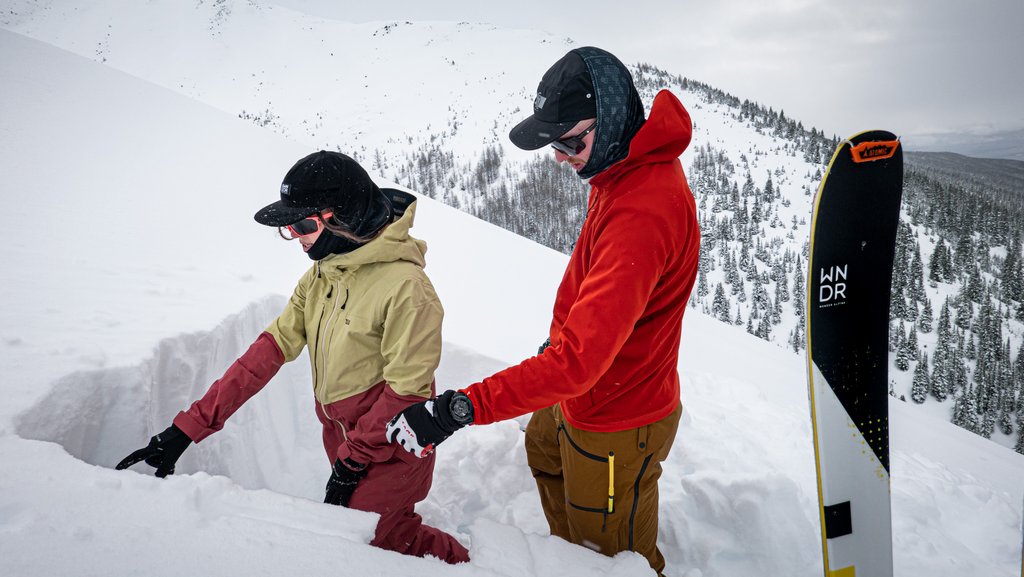
Once all the observations are collected, the forecasters will study weather stations in the region to get an idea of what has happened recently in the forecasted area. These weather stations provide past statistical information on temperature, wind speed, precipitation, and new snowfall. From there, the forecasters will look at the future weather forecast to see how the upcoming weather could affect avalanche danger. Variables such as expected new snow, cooling, warming, wind, and rain will impact the forecast.
The avalanche forecast then comes full circle as forecasters consider all the variables of the season snowpack history, professional and public observations, data from weather stations, and the future weather forecast. They will then decide what types of avalanches are possible, what elevation and aspect they could be triggered on, as well as the size and likelihood of triggering one. These factors equate to an overall danger rating.
The next time you are entering the backcountry and reading the avalanche forecast, take some time to appreciate everything that went into it. Also, make sure you are up to date on your avalanche education and rescue skills, have a trusted partner or group, and have all the necessary avalanche gear, just in case the worst possible scenario happens.
